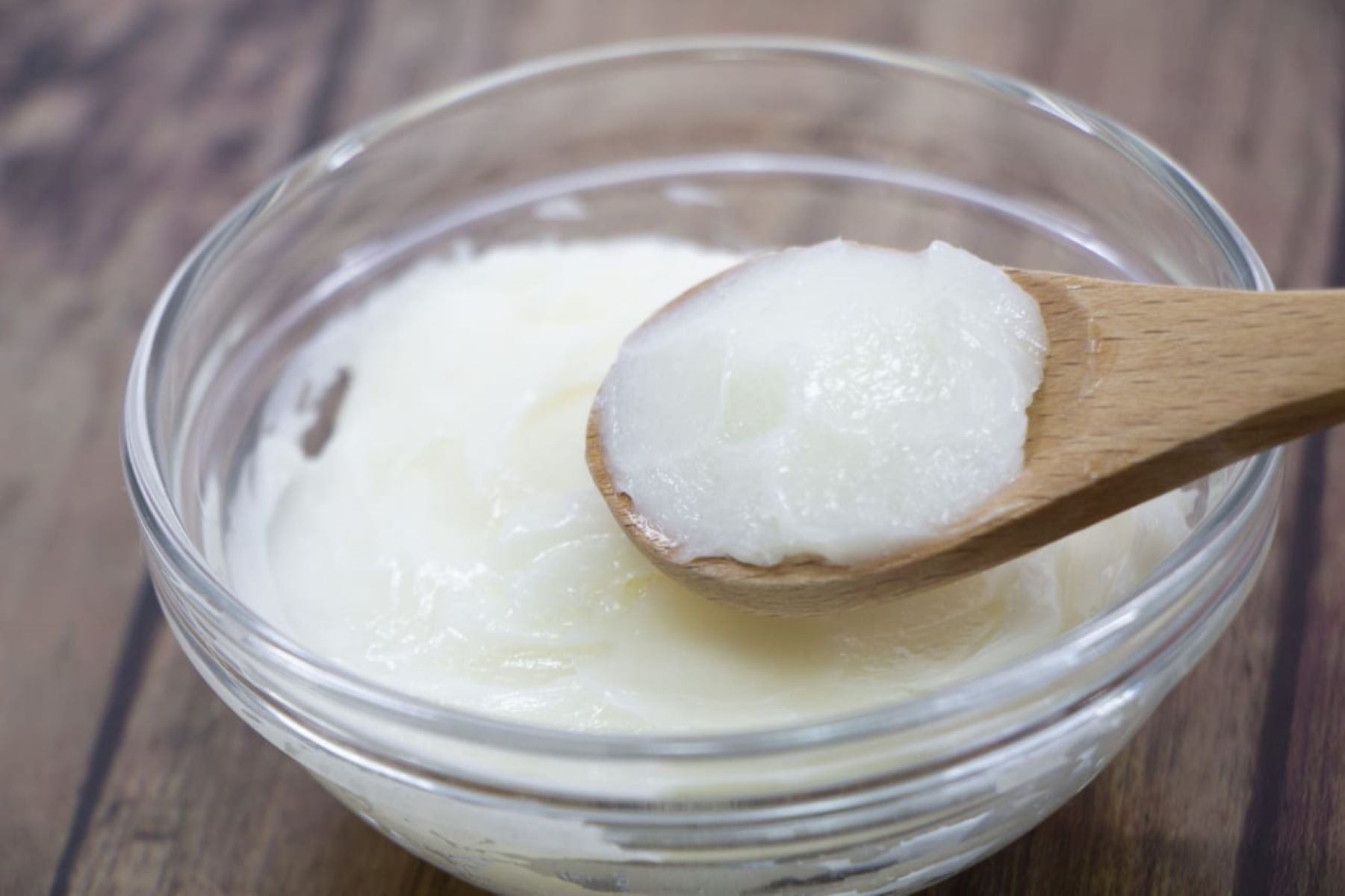

Articles
How To Store Shortening After Opening
Modified: January 5, 2024
Learn the best practices and tips for storing shortening after opening. Read our articles for helpful instructions on keeping your shortening fresh and ready to use.
(Many of the links in this article redirect to a specific reviewed product. Your purchase of these products through affiliate links helps to generate commission for Storables.com, at no extra cost. Learn more)
Introduction
Shortening is a versatile and essential ingredient in the world of baking and cooking. From creating flaky pie crusts to achieving moist and tender cakes, shortening plays a vital role in achieving culinary perfection. However, once you’ve opened a can or container of shortening, proper storage becomes crucial to maintain its quality and extend its shelf life.
Improperly stored shortening can lead to spoilage, rancidity, and an overall decline in taste and texture. To ensure that your shortening remains fresh and ready for all your culinary adventures, it’s important to understand the best practices for storing shortening after opening.
Key Takeaways:
- Properly storing shortening after opening is crucial to maintaining its quality, flavor, and usability. Airtight containers, cool, dark storage, and avoiding strong odors are key practices to preserve freshness and extend shelf life.
- By following best practices for storing shortening after opening, you can ensure consistent, delicious results in your culinary creations. Proper storage not only maintains the quality and flavor of the shortening but also saves money and reduces kitchen clutter.
Read more: How To Store Riesling After Opening
Why is proper storage important for shortening after opening?
When shortening is exposed to air, light, heat, and moisture, its quality can deteriorate quickly. The fats in shortening can become rancid, resulting in an unpleasant taste and odor. Additionally, if moisture finds its way into the container, it can promote the growth of bacteria and mold, rendering the shortening unsafe for consumption.
By storing shortening properly, you can preserve its freshness, flavor, and usability, ensuring that your recipes turn out delicious every time. Proper storage also prevents waste and the need for frequent replacement, saving you money in the long run.
Factors to consider before storing shortening
Before diving into the best practices for storing shortening after opening, it’s important to consider a few factors that can impact its shelf life and quality:
- Expiration date: Check the expiration date on the shortening container before opening it. It’s best to use the shortening before the expiration date for optimal freshness.
- Quality of the packaging: The type of container or packaging material used for the shortening can affect its shelf life. Ensure that the packaging is intact and airtight.
- Storage conditions: The storage conditions, including temperature, humidity, and exposure to light, can impact the shelf life of shortening. It’s essential to store the shortening in a cool, dry, and dark place.
- Frequency of use: Consider how often you use shortening in your cooking or baking. If you use it frequently, you might opt for a container that allows for easy access and transfer of the shortening.
Best practices for storing shortening after opening
Now that we’ve covered the importance of proper storage and the factors to consider, let’s delve into the best practices for storing shortening after opening:
- Use airtight containers: Transfer the shortening into an airtight container to prevent air, moisture, and odors from affecting its quality. Glass jars with tight-fitting lids or food-grade plastic containers are ideal for storage.
- Label and date the container: To avoid confusion and ensure you use the shortening before it expires, label the container with the date of opening. This will help you keep track of its freshness and know when to replace it.
- Store in a cool, dark place: Choose a storage location that is away from direct sunlight, heat sources, and high humidity. The ideal temperature for storing shortening is between 50°F and 70°F.
- Avoid temperature fluctuations: Frequent temperature changes can affect the consistency and quality of shortening. Avoid storing it near appliances that produce heat or in areas that experience dramatic temperature fluctuations.
- Keep away from strong odors: Shortening easily absorbs strong odors. Ensure that it is stored away from strong-smelling ingredients, such as onions, garlic, and spices, to preserve its original flavor.
Following these best practices will help maintain the freshness and usability of the shortening, ensuring that it is ready to enhance your culinary creations.
Key Takeaways:
- Properly storing shortening after opening is crucial to maintaining its quality, flavor, and usability. Airtight containers, cool, dark storage, and avoiding strong odors are key practices to preserve freshness and extend shelf life.
- By following best practices for storing shortening after opening, you can ensure consistent, delicious results in your culinary creations. Proper storage not only maintains the quality and flavor of the shortening but also saves money and reduces kitchen clutter.
Read more: How To Store Riesling After Opening
Why is proper storage important for shortening after opening?
Proper storage is crucial for maintaining the quality and freshness of shortening after it has been opened. Here’s why it matters:
- Prolongs shelf life: Shortening that is not stored properly can quickly deteriorate and become unusable. Exposure to air, light, heat, and moisture can cause the fats in the shortening to go rancid, resulting in off-flavors and odors. By storing it correctly, you can extend its shelf life and maximize its usability.
- Preserves flavor and texture: When shortening goes bad, it can become grainy, oily, or develop an unpleasant taste and smell. Storing it in optimal conditions helps retain its smooth texture and original flavor, ensuring that your baked goods and dishes turn out delicious.
- Prevents spoilage: Poor storage conditions can promote the growth of bacteria, mold, and other microorganisms in shortening. Consuming spoiled shortening can lead to foodborne illnesses. Proper storage, on the other hand, inhibits microbial growth and keeps your shortening safe for use.
- Saves money: When shortening goes bad prematurely, you may have to discard it and purchase a new container. By storing it correctly, you can avoid waste and save money by extending the lifespan of the opened shortening.
- Maintains consistency in recipes: Shortening plays a key role in the texture and mouthfeel of baked goods and recipes. If the shortening has gone bad, it can negatively affect the final result, leading to dense or unappealing outcomes. Properly storing shortening ensures that you achieve consistent and desirable results in your culinary creations.
- Reduces kitchen clutter: By transferring the shortening into airtight containers, you not only improve its storage conditions but also reduce kitchen clutter caused by open cans or partially used packaging. By keeping your storage area organized, you can access the shortening easily and maintain a tidy kitchen.
- Contributes to sustainability: Properly storing shortening reduces food waste, which is an essential aspect of sustainable living. By making the most of your opened shortening and using it until it reaches its expiry date, you contribute to a more sustainable and environmentally-friendly lifestyle.
By understanding the importance of proper storage for shortening after opening, you can ensure that your recipes come out perfectly every time and that you get the most out of your shortening, both in terms of quality and value.
Factors to consider before storing shortening
Before delving into the best practices for storing shortening after opening, it’s important to consider a few key factors that can affect its shelf life and quality. By taking these factors into account, you can make informed decisions and ensure the longevity of your shortening:
- Expiration date: Check the expiration date on the shortening container before opening it. Manufacturers provide an estimated shelf life for the product, and it’s best to use the shortening before the expiration date for optimal freshness and flavor.
- Quality of the packaging: The type of container or packaging material used for the shortening can impact its shelf life. Ensure that the packaging is intact and airtight to prevent air, light, and moisture from entering and causing spoilage.
- Storage conditions: Consider the storage conditions in your kitchen or pantry. Factors such as temperature, humidity, and exposure to light can affect the quality of shortening. It’s essential to store the shortening in a cool, dry, and dark place to minimize the chances of rancidity and microbial growth.
- Frequency of use: Take into account how often you use shortening in your cooking or baking. If you frequently reach for shortening, it may be more convenient to have it easily accessible. Consider choosing a container or packaging that allows for easy scooping or measuring.
- Available storage space: Assess the available storage space in your kitchen or pantry. Determine where you can store the shortening safely, making sure it’s away from sources of heat, direct sunlight, and strong odors. Keep in mind that tight spaces should not compromise the proper sealing of the container.
- Personal preferences: Consider your personal preferences and habits when it comes to storage options. Some individuals prefer using glass jars for their aesthetics and the ability to see the contents, while others may opt for practical and stackable plastic containers for easy storage.
By considering these factors, you can make informed decisions about how to store your shortening and ensure its longevity and quality after opening. This will allow you to make the most of your shortening in various culinary endeavors.
Best practices for storing shortening after opening
Proper storage is key to maintaining the freshness, quality, and usability of shortening after it has been opened. Here are some best practices to ensure your shortening stays in optimal condition:
- Use airtight containers: Transfer the shortening into an airtight container after opening. Airtight containers prevent air, moisture, and odors from affecting the quality of the shortening. Glass jars with tight-fitting lids or food-grade plastic containers with secure seals are ideal for storing shortening.
- Label and date the container: Properly label the container with the date of opening to keep track of its freshness. This will help you know when it’s time to use the shortening and avoid using it past its expiration date.
- Store in a cool, dark place: Choose a storage location for your shortening that is cool, dry, and dark. Avoid areas that are exposed to direct sunlight, heat sources, or high humidity as they can accelerate the degradation of the shortening.
- Avoid temperature fluctuations: Fluctuating temperatures can affect the consistency and quality of shortening. Avoid storing shortening near appliances that emit heat or in areas where temperature changes are frequent, as these can impact the structural integrity and flavor of the shortening.
- Keep away from strong odors: Shortening has the ability to absorb odors from its surroundings. Ensure that it is stored away from strong-smelling ingredients such as onions, garlic, and spices. This will help preserve the original flavor and prevent any unwanted aromas in your dishes.
- Do not re-introduce used utensils: To prevent cross-contamination and the introduction of moisture, avoid re-using utensils that have come into contact with other ingredients or food products. Instead, use clean and dry utensils when measuring or scooping shortening from the container.
- Avoid storing near chemicals: Keep shortening away from cleaning products, chemicals, or any other substances that may contaminate or compromise its quality. It’s important to store shortening in a food-safe environment.
- Do not freeze shortening: Freezing shortening is not recommended, as it can affect its texture and lead to graininess or changes in consistency. Instead, focus on storing it in a cool place at room temperature.
By following these best practices, you can prolong the shelf life of your opened shortening and maintain its freshness. These simple steps ensure that your shortening remains in optimal condition, ready to enhance the taste and texture of your favorite recipes.
Container options for storing shortening
When it comes to storing shortening after opening, choosing the right container is essential. The container you select should be airtight, able to protect the shortening from air, moisture, light, and odors. Here are some container options that work well for storing shortening:
- Glass jars with tight-fitting lids: Glass jars are a popular choice for storing shortening due to their durability and ability to maintain an airtight seal. Look for jars with tight-fitting lids that create a reliable barrier against external elements. Glass also has the advantage of being easy to clean and allowing you to visually inspect the contents.
- Food-grade plastic containers with secure seals: Food-grade plastic containers are another excellent option for storing shortening. These containers are designed to preserve the freshness and quality of food items. Look for containers with secure sealing lids to ensure a tight closure. Opt for sturdy, BPA-free plastics that are safe for storing edible products.
- Tins with screw-top lids: Metal tins with screw-top lids can also be used to store shortening. These tins provide airtight protection and help keep the shortening safe from external elements. Look for tins made from food-grade materials to ensure the absence of any potential contaminants.
- Reusable silicone food storage bags: Silicone food storage bags are an eco-friendly alternative to traditional containers. These bags are airtight and can be washed and reused, reducing waste. Look for bags specifically designed for food storage, ensuring they are made from high-quality, food-grade silicone.
- Ceramic crocks with lids: Ceramic crocks with lids can be a stylish and functional option for storing shortening. The thick ceramic material helps insulate the shortening from light and temperature fluctuations. Look for crocks with a tight-fitting lid to maintain an airtight seal.
Regardless of the container you choose, make sure it is clean, dry, and free from any previous food odors or residues. It’s also important to properly close and seal the container after each use to prevent air and moisture from entering.
Consider your personal preferences, space availability, and the volume of shortening you typically use when selecting a container. The key is to choose a container that provides a secure and airtight environment to help preserve the freshness and quality of your shortening.
Tips for extending the shelf life of shortening
Proper storage is essential for extending the shelf life of shortening after opening. By following these tips, you can help preserve the freshness, flavor, and usability of your shortening:
- Keep it in a cool, dry place: Store your shortening in a cool location away from direct sunlight, heat sources, and high humidity. Excessive heat can cause the shortening to melt or become rancid, while moisture can promote bacterial growth. Aim for a storage temperature between 50°F and 70°F.
- Seal it tightly: Ensure that the container you use to store the shortening has a tight seal to prevent air, moisture, and odors from entering. This helps maintain the quality and flavor of the shortening over time.
- Avoid contamination: Use clean and dry utensils when scooping or measuring shortening to prevent introducing moisture or cross-contaminating the product. Moisture can accelerate spoilage, while contamination can lead to off flavors and odors.
- Do not introduce foreign substances: Keep the shortening free from foreign substances, such as water, condensation, or food particles. These can contribute to spoilage or affect the texture and taste of the shortening.
- Minimize exposure to air: As much as possible, minimize the exposure of the shortening to air. Air can cause oxidation, leading to rancidity. Transfer the shortening to a smaller container if necessary to minimize the air space in the container.
- Label and track freshness: Label the container with the date of opening and regularly check the product for any signs of spoilage or off-flavors. This allows you to keep track of the freshness and usage timeline, ensuring you use the shortening before it expires.
- Rotate your stock: If you frequently use shortening, practice a first-in, first-out system by rotating your stock. Use older containers of shortening before newer ones to ensure that none of them sit unused for an extended period.
- Consider portioning: Instead of storing a large container of shortening, consider portioning it into smaller airtight containers to help reduce the exposure of the entire supply to air every time you need to use it.
- Inspect for signs of spoilage: Regularly check the shortening for any signs of spoilage, such as a rancid smell, off color, or mold growth. If you notice any of these signs, it’s best to discard the shortening to avoid any health risks.
By following these tips, you can extend the shelf life of your shortening and ensure that it remains fresh and of high quality for as long as possible. With proper storage and care, you can enjoy the benefits of your shortening in a variety of delicious recipes.
Read more: How To Store Moonshine After Opening
Frequently asked questions about storing shortening after opening
Here are some common questions regarding the storage of shortening after it has been opened:
- Can shortening be stored at room temperature?
Yes, shortening can be stored at room temperature. However, it is important to store it in a cool and dry place, away from direct sunlight, heat sources, and high humidity. Excessive heat can cause the shortening to melt or become rancid.
- Does shortening need to be refrigerated after opening?
No, shortening does not need to be refrigerated after opening. Shortening can be stored at room temperature as long as it is kept in a cool and dry environment. Refrigeration is not necessary, but prolonged exposure to high temperatures should be avoided.
- Can shortening be stored in the freezer?
While it is possible to store shortening in the freezer, it is not recommended. Freezing shortening can affect its texture and lead to graininess or changes in consistency. It is best to store shortening in a cool place at room temperature.
- How long does shortening last after it has been opened?
The shelf life of shortening after opening can vary depending on various factors such as storage conditions, quality of packaging, and the presence of any contaminants. Generally, opened shortening can last for several months to a year if stored properly in a cool, dry, and airtight container.
- What are the signs that shortening has gone bad?
Signs that shortening has gone bad include a rancid or off smell, an unusual color or appearance, the presence of mold, or a sour taste. If you notice any of these signs, it is best to discard the shortening to avoid any potential health risks.
- Can I reuse the same container for shortening?
Yes, you can reuse the same container for storing shortening if it is clean, dry, and free from any lingering odors or residues. Ensure that the container has a tight-fitting lid or closure to maintain an airtight seal and prevent any contaminants from entering.
- Can I store shortening in plastic bags?
While it is possible to store shortening in plastic bags, it is not the ideal option. Plastic bags are more prone to tearing or rupturing, which can lead to contamination and spoilage of the shortening. It is recommended to use airtight containers made of glass or food-grade plastic for optimal storage.
These answers should provide you with a better understanding of how to store shortening after opening and ensure its freshness and quality for as long as possible. Remember to always follow proper storage practices and keep an eye out for any signs of spoilage to ensure a safe and enjoyable cooking experience.
Conclusion
Proper storage is crucial for maintaining the quality, flavor, and usability of shortening after it has been opened. By following the best practices outlined in this article, you can ensure that your shortening remains fresh and ready to enhance your culinary creations. From choosing the right container to storing it in the optimal conditions, every step plays a role in preserving the integrity of your shortening.
Remember to transfer your shortening into airtight containers, label and date them for easy tracking, and store them in a cool, dark place away from strong odors. Avoid temperature fluctuations and do not introduce foreign substances to prevent spoilage and preserve the original flavor and texture of the shortening. By adhering to these guidelines, you can extend the shelf life of your shortening, minimize waste, and save money.
Lastly, always be mindful of the signs of spoilage, such as off-flavors, odors, or mold growth. If you come across any of these indicators, it’s best to discard the shortening to ensure food safety.
So, whether you’re using shortening for baking flaky pie crusts or achieving tender baked goods, proper storage practices will ensure that your shortening is ready to elevate your recipes to new heights. By taking care of your shortening, you can enjoy the benefits of this versatile ingredient and create delectable treats for yourself and your loved ones.
Remember, when it comes to storing shortening after opening, a little attention to detail goes a long way in maintaining its quality and ensuring your culinary adventures are nothing short of amazing.
Frequently Asked Questions about How To Store Shortening After Opening
Was this page helpful?
At Storables.com, we guarantee accurate and reliable information. Our content, validated by Expert Board Contributors, is crafted following stringent Editorial Policies. We're committed to providing you with well-researched, expert-backed insights for all your informational needs.
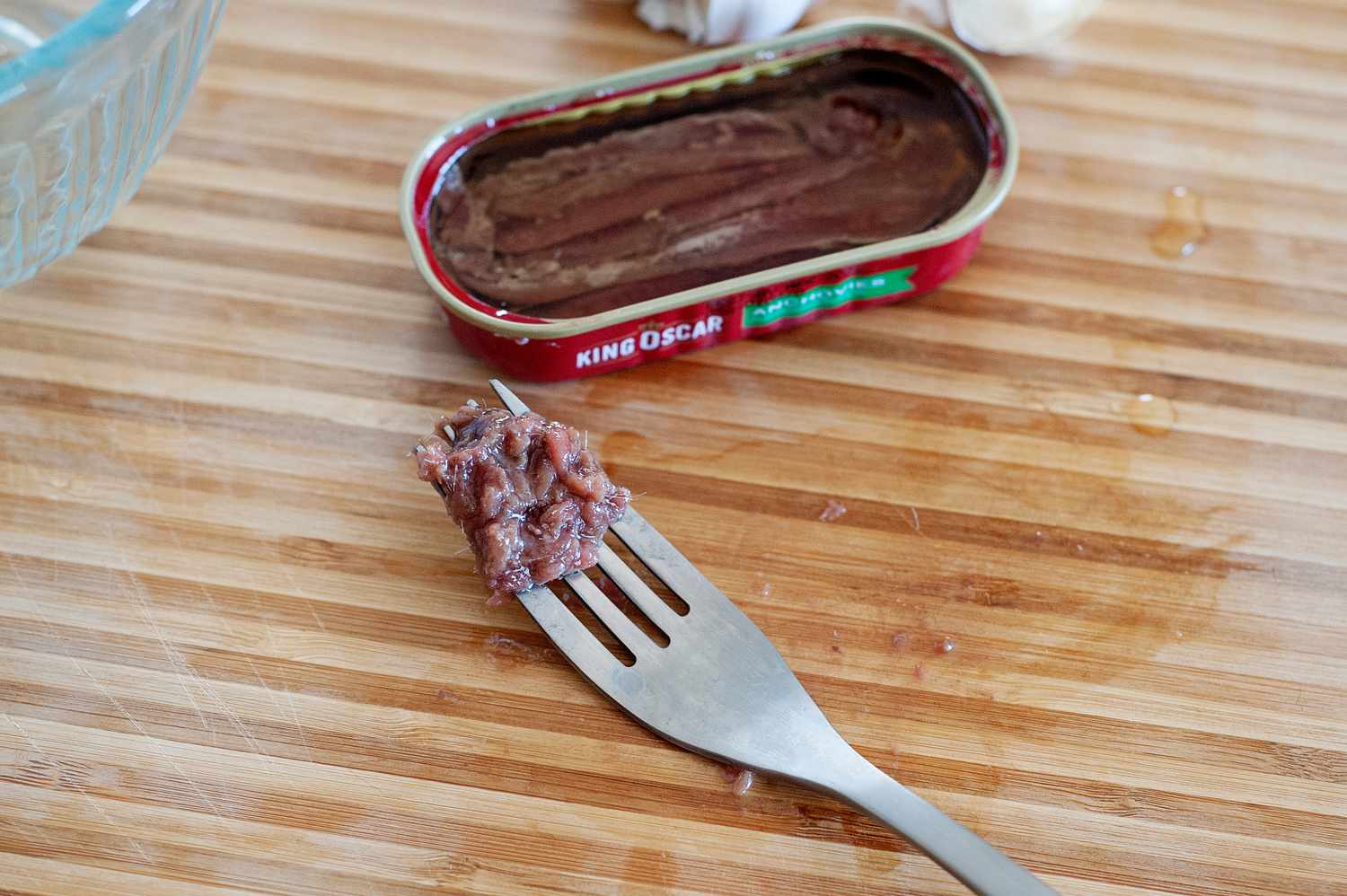

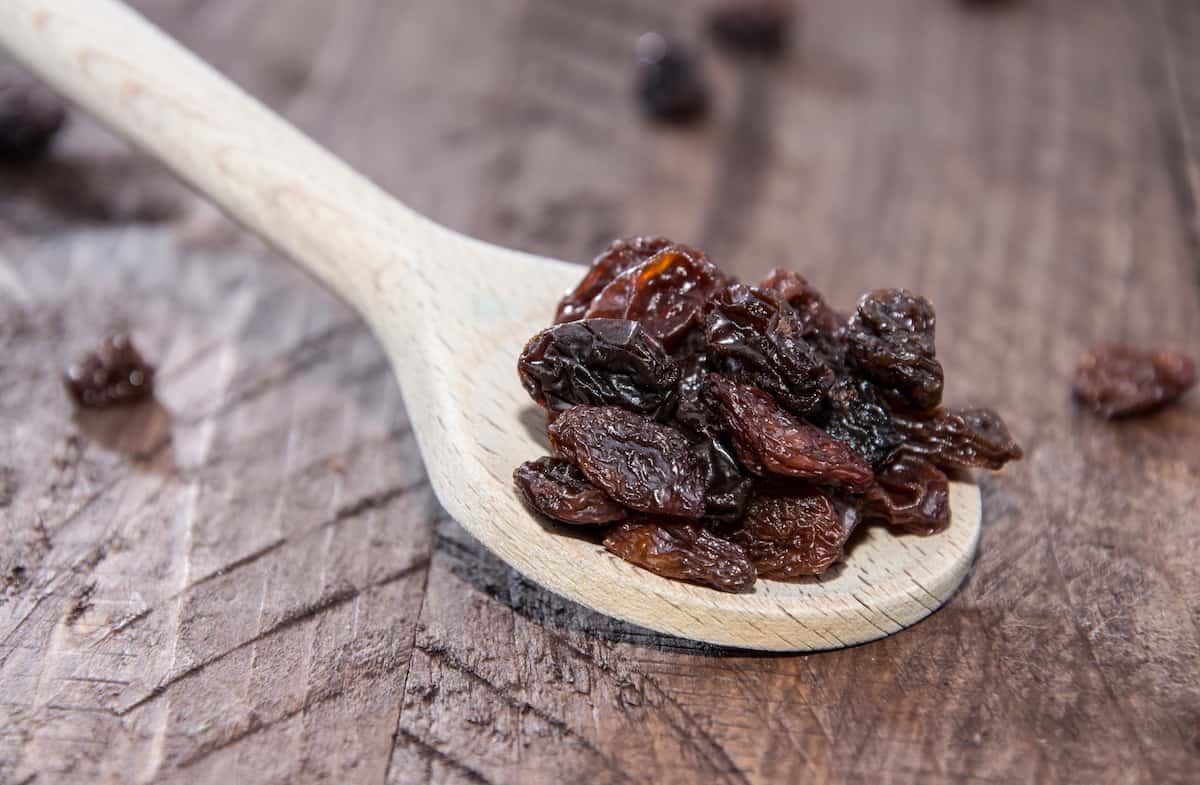

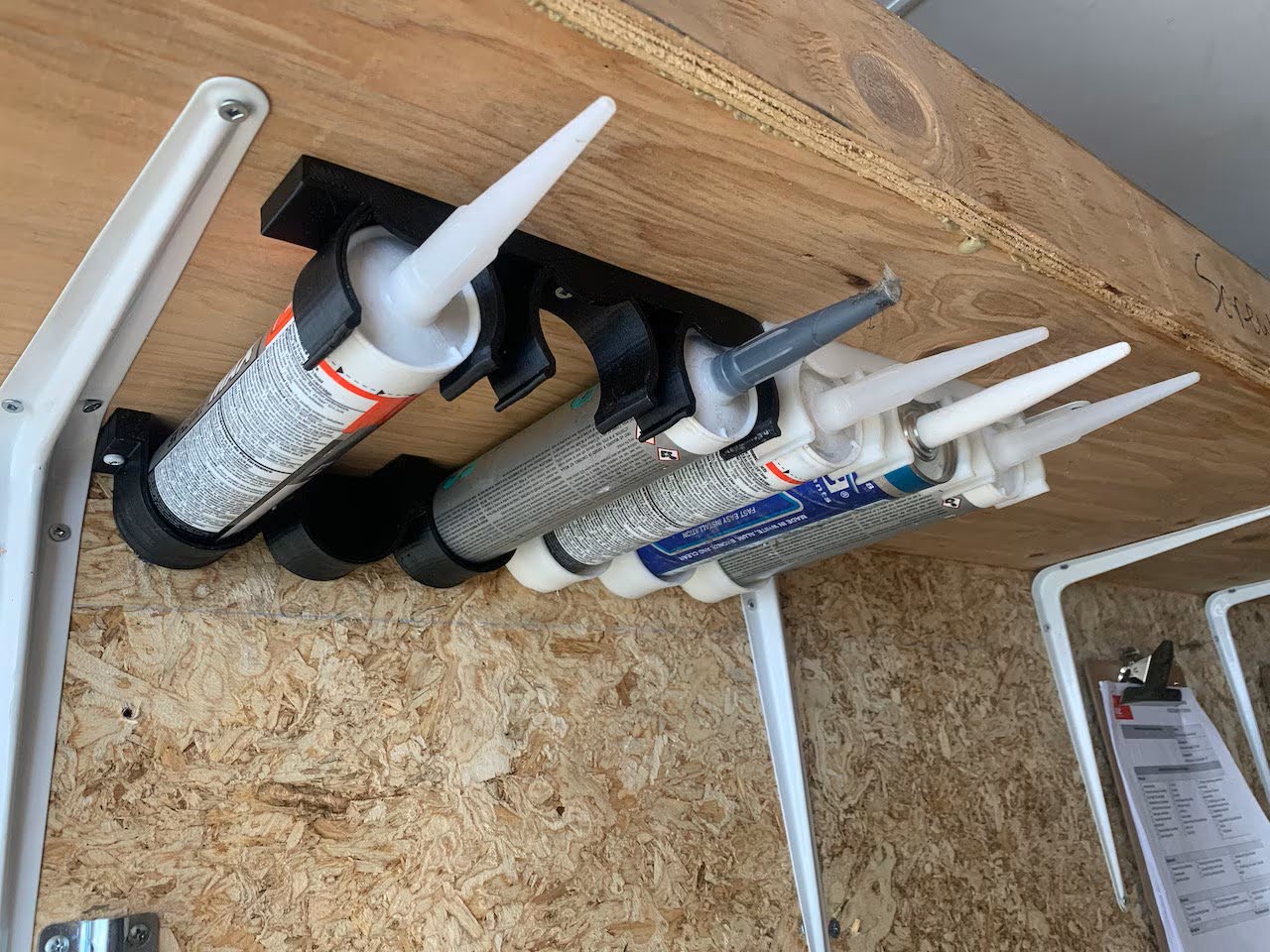


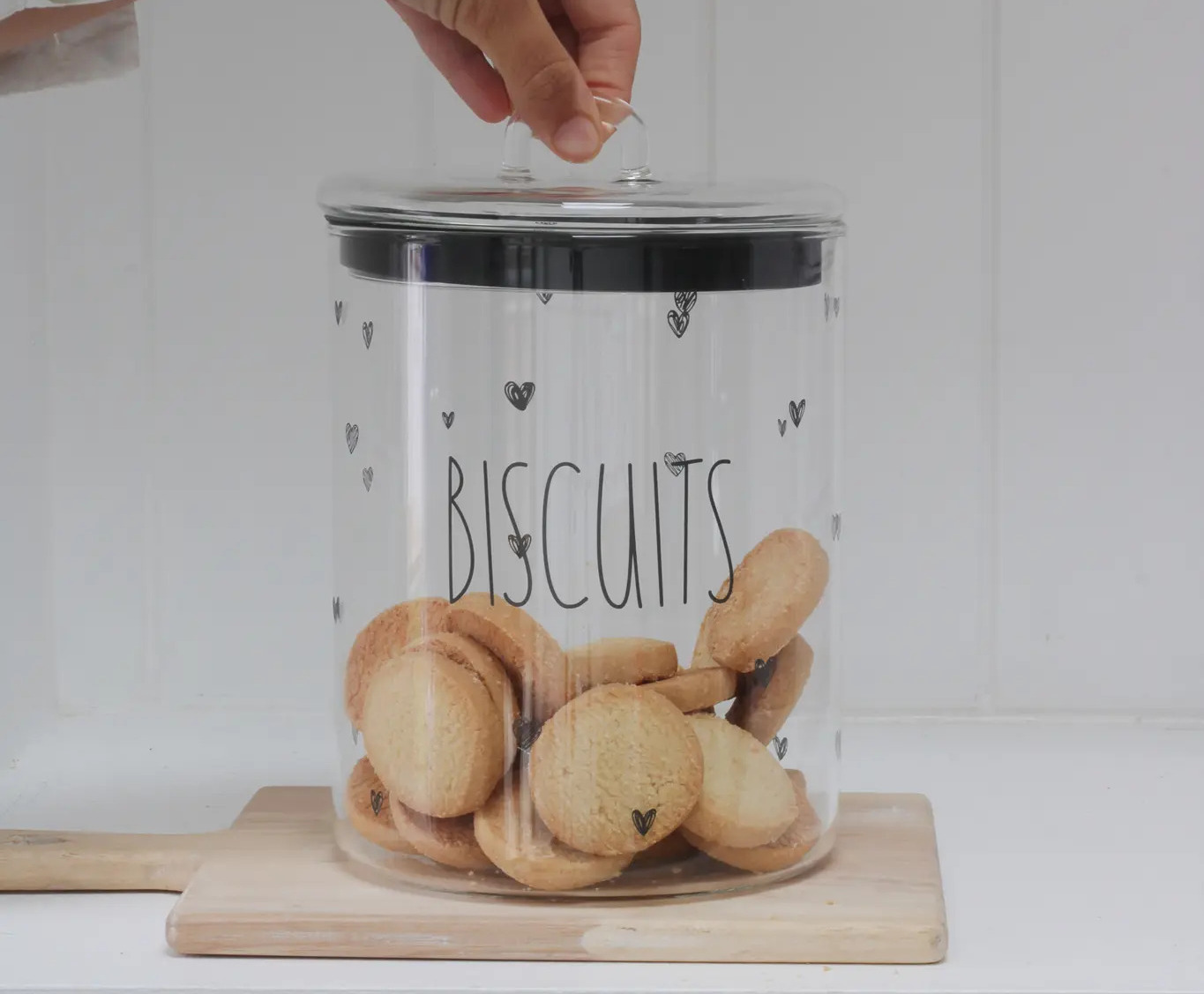
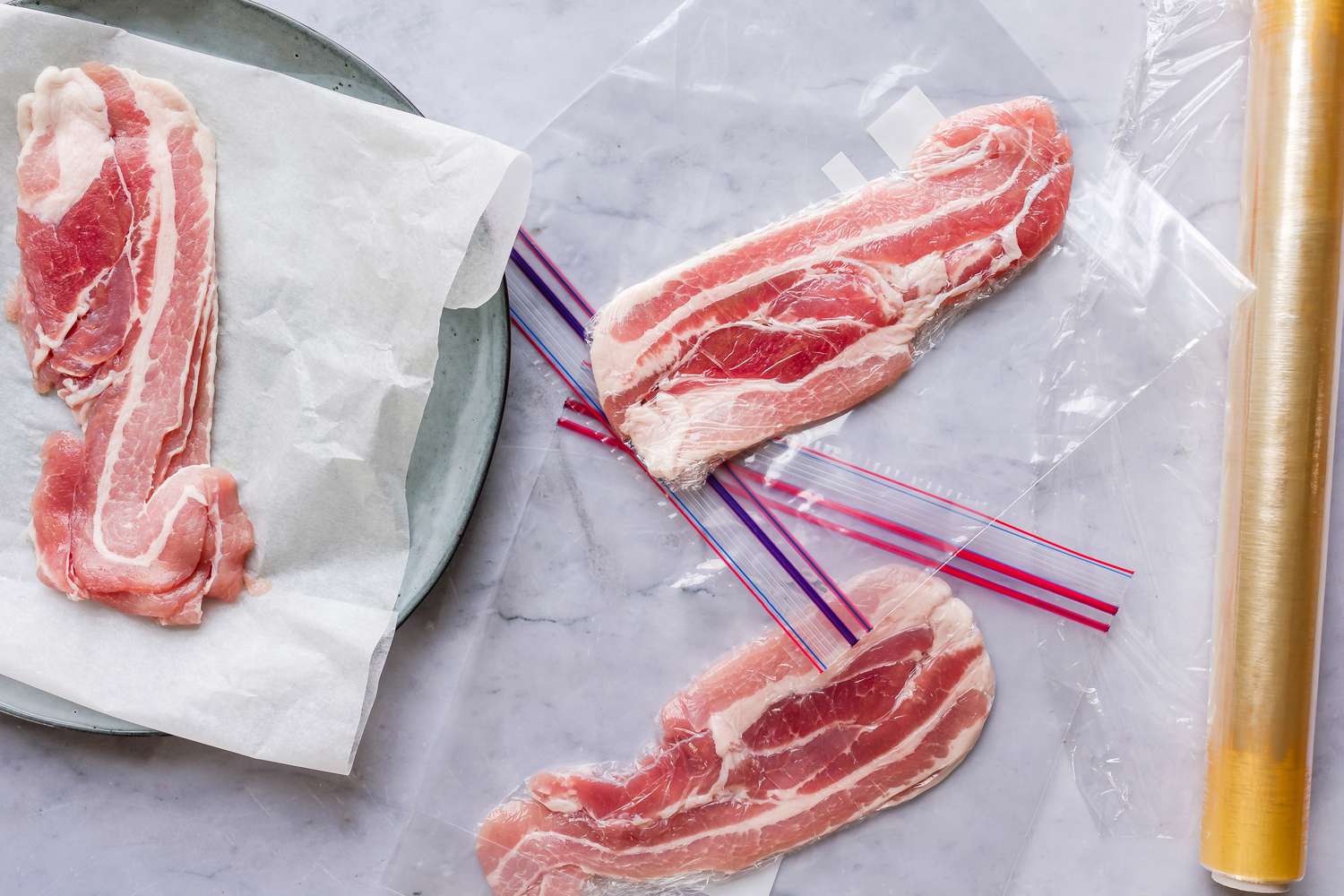

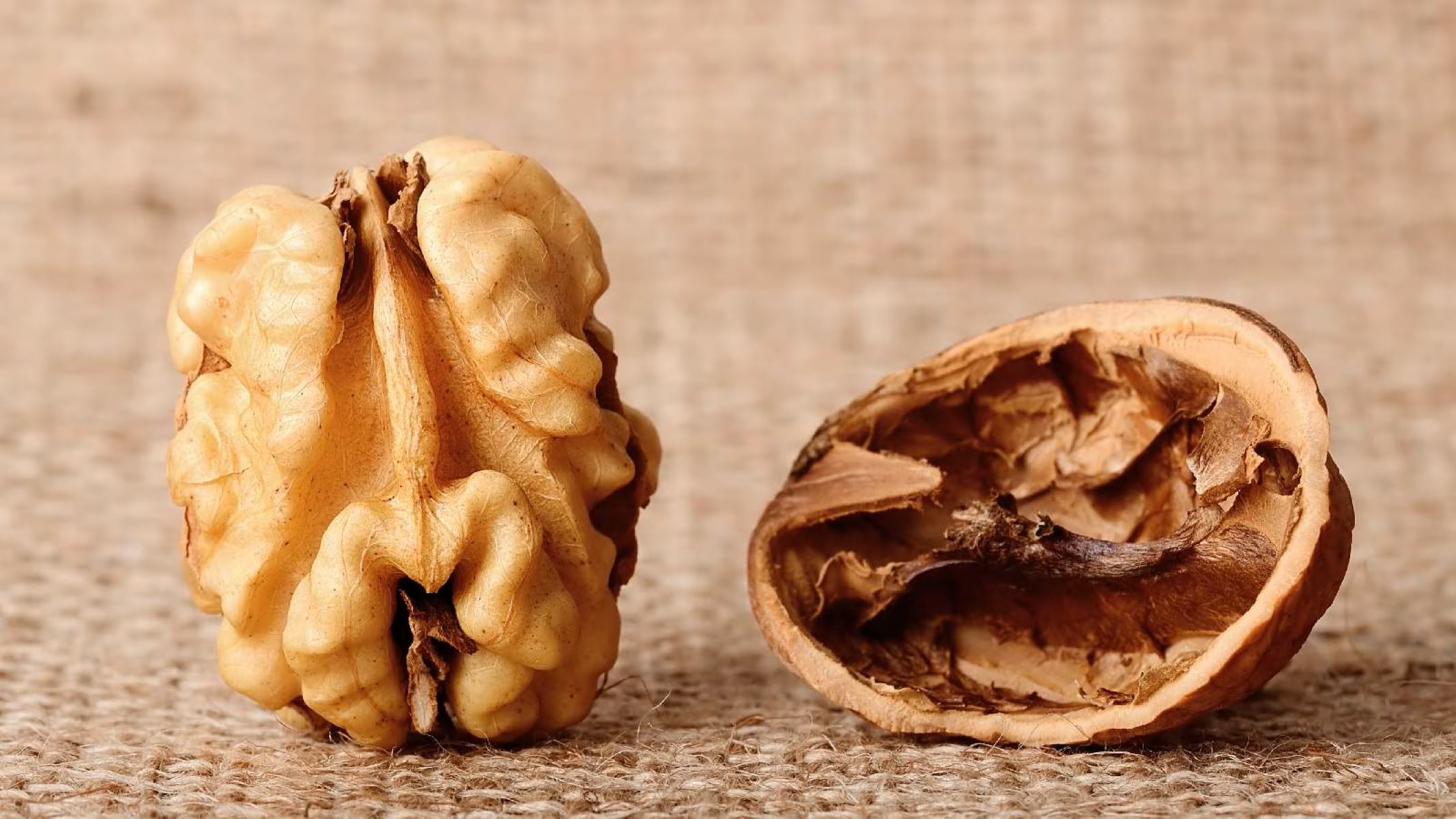
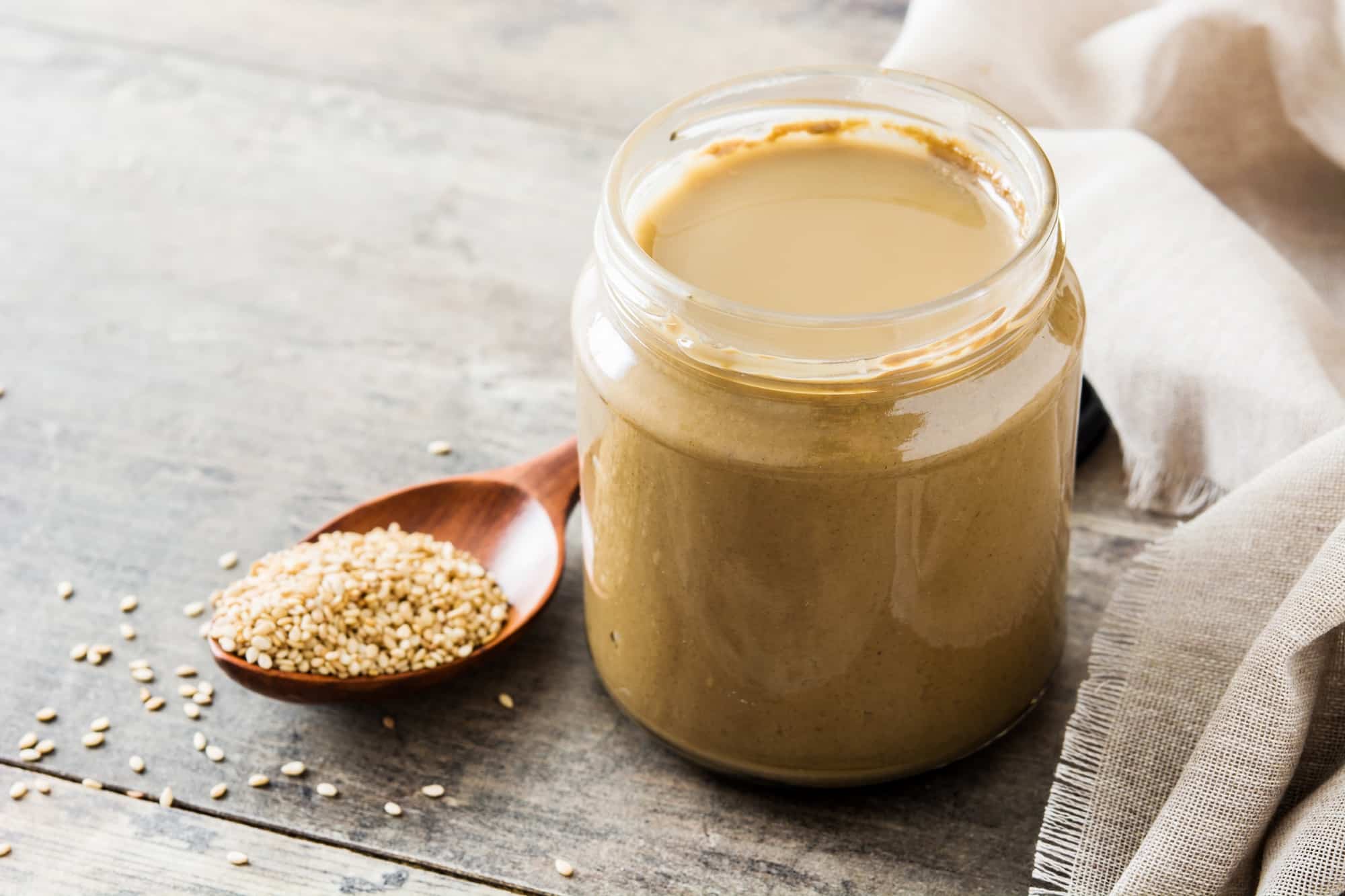
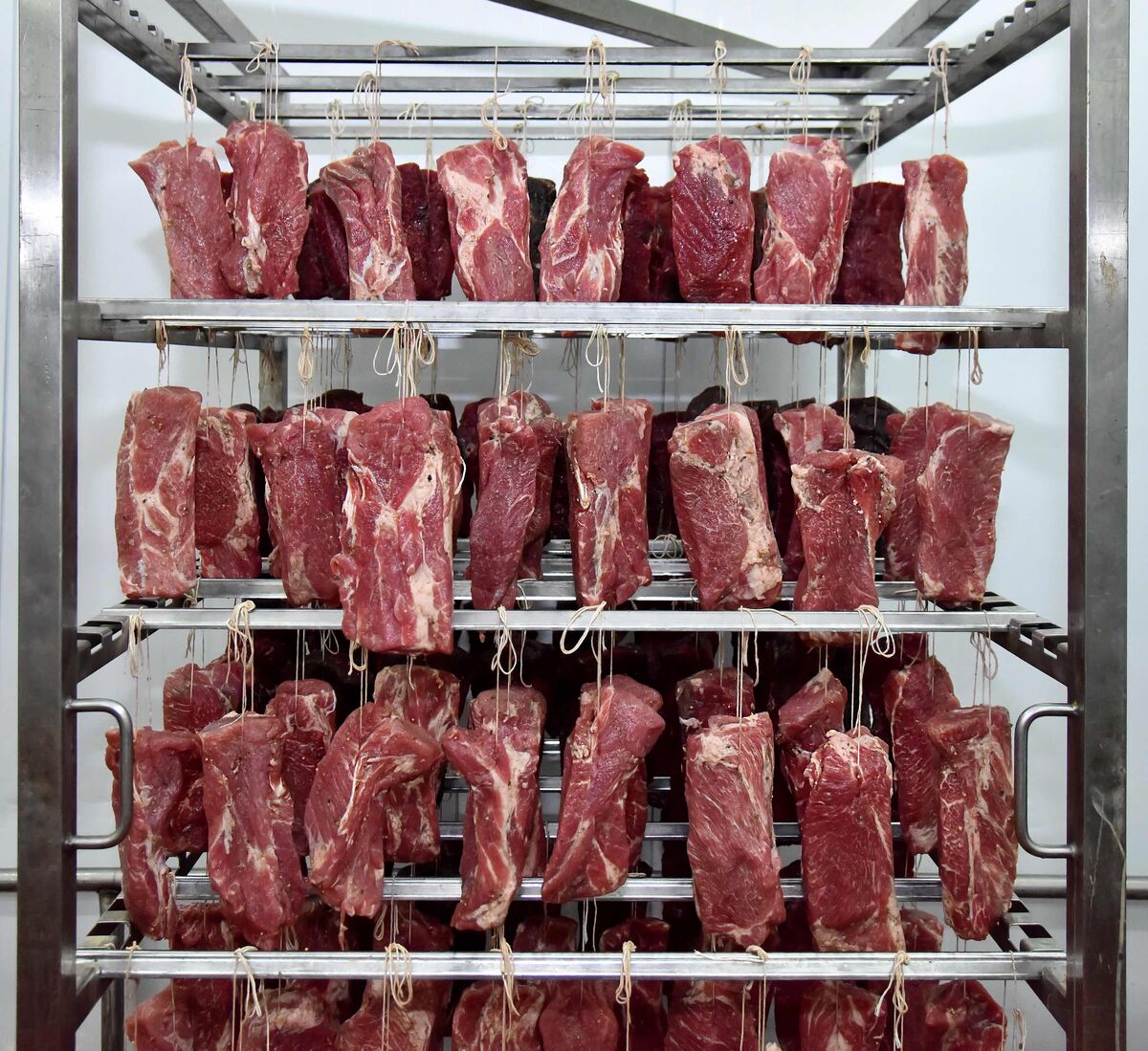

0 thoughts on “How To Store Shortening After Opening”